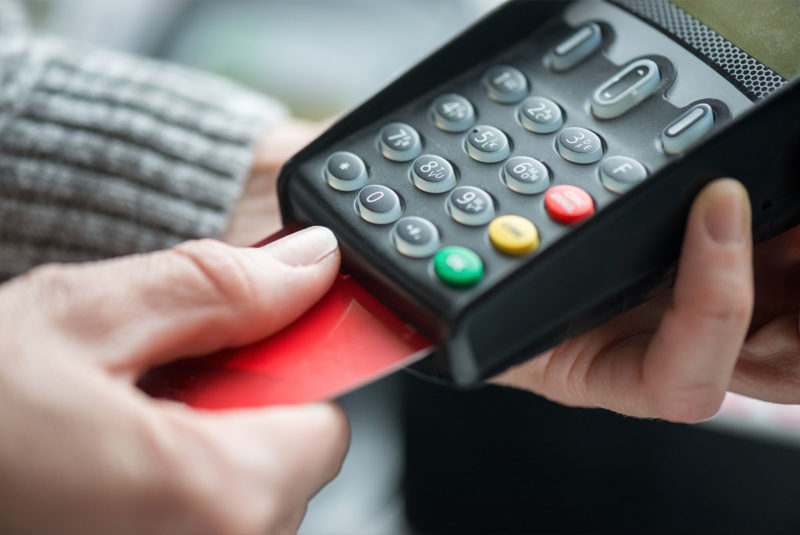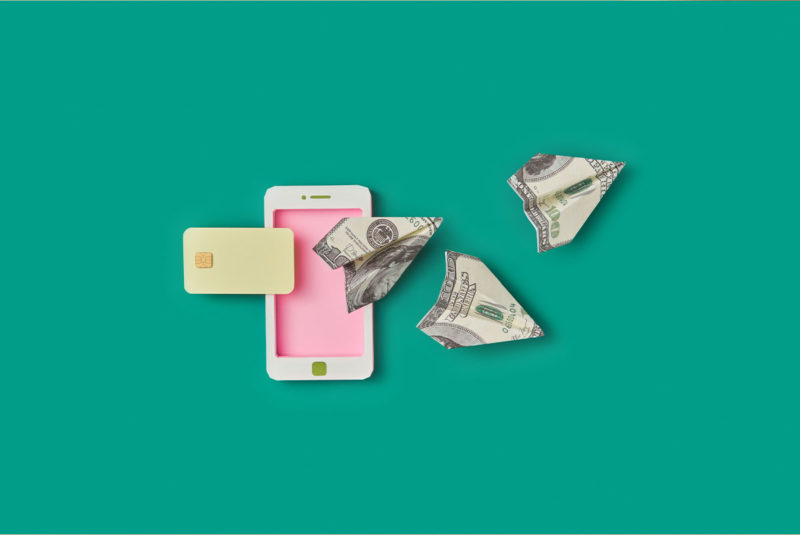Declaring bankruptcy is a major decision, especially knowing it’ll have major negative effects on your credit. But with a little dedication, you can build your credit scores back up.
Responsible use of credit is the best way to recover after a bankruptcy. You’ll need to re-prove that you can be a responsible borrower. In large part, that means building up a solid record of on-time payments.
Credit cards can be valuable tools to help repair your credit, but getting a credit card after bankruptcy can be tough. That’s why you’ll likely need to go with a secured credit card, which requires a security deposit to qualify.
In addition to the deposit, many cards designed for bad credit come with extra fees, like setup/account opening fees and monthly fees. They might have fees for simple actions like credit limit increases or getting paper statements. The best recovery credit cards below are light on fees, leaving you with more cash to help pay off debts.
If you won’t use your new credit card responsibly, it would be better not to get it at all. If the problems that led to your bankruptcy are unresolved – like spending above your means, or a lack of a stable job or emergency funds – opening a new line of credit may just get you into more trouble.
| Best For | Card |
| Cash Back Rewards | Discover it® Secured |
| Low Security Deposit | Capital One Platinum Secured Credit Card |
| Easy Approval | OpenSky® Secured Visa® Credit Card |
Discover it® Secured: Best for Cash Back Rewards
The Discover it® Secured is the Cadillac of secured cards. While many secured cards seem severe, Discover’s secured card provides some welcome relief. It looks more like a typical reward credit card, complete with cash back and an intro bonus.
You can use this card to improve your credit scores while earning some rewards in the process. In addition, you’ll have access to a couple of handy tools to keep tabs on your credit. The Credit Scorecard will show you one of your FICO® Score 8 credit scores whenever you’d like. That score is based on your TransUnion credit report and gives you specific helpful tips to build up your credit. Even better, the new account and inquiry alerts will let you know if anything new pops up on your Experian™ credit report, without you having to check it separately.
Capital One Platinum Secured: Best for Low Security Deposit
The Capital One Platinum Secured Credit Card has a lot to recommend it as a credit-building tool. While most secured cards just give you a credit limit equal to your security deposit, this card gives you two ways to increase your credit limit beyond your deposit.
If you’re approved you’ll be asked to provide a deposit based on your creditworthiness: either $49, $99 or $200. Those amounts are quite low when it comes to security deposits. But, no matter what you’re asked to deposit, you’ll receive a starting credit limit of $200. There’s also a chance you may get a bit extra at the start because you can deposit up to $1,000 for a $1,000 credit line.
Once you get your card, Capital One may automatically consider you for a higher credit line after six months. For the best chance at a higher limit, they’ll want you to manage your card usage and your other debts responsibly during that time.
So you may wind up with a credit line quite a bit higher than your deposit. That in itself can help keep your credit utilization low – and lower utilization is better for credit scores.
OpenSky® Secured Visa® Credit Card: Best for Easy Approval (Secured Card)
The OpenSky® Secured Visa® Credit Card, unlike the other cards here, stands apart for not requiring a credit check to be approved. That means you’ll likely have a higher chance of qualifying because your poor credit scores won’t hold you back.
You also won’t need a bank account to provide the security deposit. Instead, you can pay by debit card, money order, certified check, or Western Union.
But that easy accessibility comes with some caveats. This card has an annual fee, no credit monitoring features and no rewards or benefits. It also has some reports of poor customer service and slow processing. But, if you’re working with bad credit and haven’t been able to qualify for the secured cards mentioned above, OpenSky may be worth a shot.
Can a Credit Card Help Build Credit After Bankruptcy?
It may seem counterintuitive to get a credit card after bankruptcy. Isn’t this just creating a new opportunity to get into even more debt? But the truth is, a new credit card could be a great way to rebuild your credit – if you use it responsibly.
A Chapter 7 bankruptcy can remain on your credit reports for up to 10 years and a Chapter 13 bankruptcy can remain there for up to seven years. Each type of bankruptcy will hurt your credit all on its own. But if your financial world got that bad, it’s likely that you ended up with some late payments on your credit reports as well.
After bankruptcy, one of your goals should be to drown out those late payments with a solid record of on-time payments. The more on-time payments and accounts you have compared to late payments, the better.
Here’s some good news: Negative items on your credit reports do the most damage when they’re fresh. As time goes by their impact will diminish. So manage your credit well and in time you’ll see the fruits of your labor manifest in higher credit scores. But this process takes time and you’ll have to be patient.
Some more good news: Lenders, like credit card issuers, might be more eager to provide you with credit after a bankruptcy than you’d expect. Consider that, after a bankruptcy, you’ll have discharged a lot of debt, freeing up cash for payments to a new card. Issuers will feel free to give you high interest rates. And if you filed for Chapter 7 bankruptcy, you won’t be able to do that again for eight years. If it looks like you’ll be able to make your payments, lenders may be willing to extend new credit to you.



